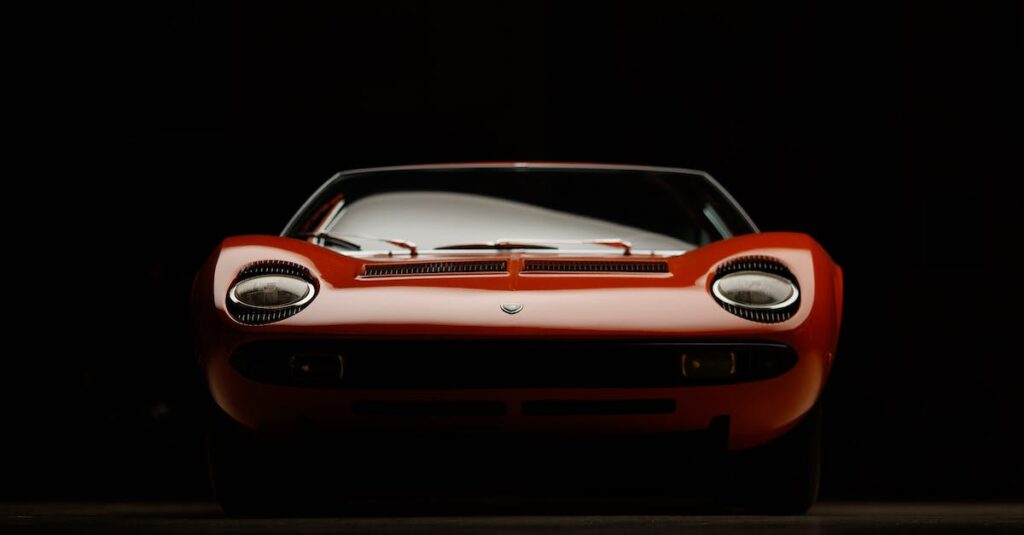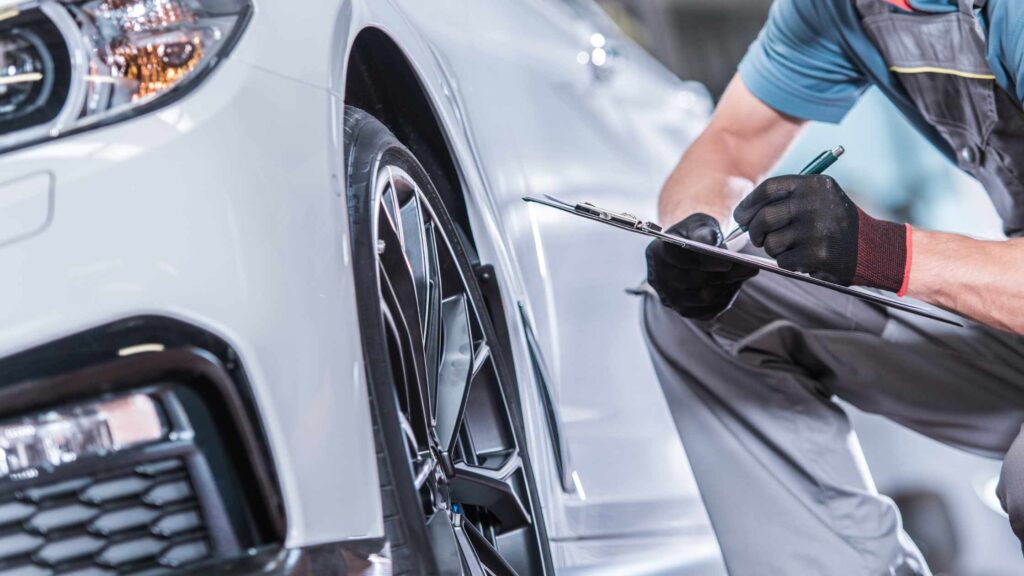Introduction
The pursuit of efficiency has always been a driving force in the automotive industry. Manufacturers are constantly searching for ways to improve fuel economy and reduce emissions. One area that plays a crucial role in achieving these goals is aerodynamics and drag reduction. In recent years, significant advancements have been made in this field, leading to more streamlined and efficient vehicles. This article explores the latest innovations and technologies in aerodynamics and drag reduction, highlighting their benefits and applications.
The Importance of Aerodynamics
Aerodynamics is the study of how air moves around objects. In the context of automobiles, it refers to the flow of air over the vehicle’s body. A vehicle with good aerodynamics experiences less air resistance or drag, resulting in improved fuel efficiency and performance. By reducing drag, the engine doesn’t have to work as hard to propel the vehicle forward, leading to lower fuel consumption and higher top speeds.
Streamlining the Body Design
One of the key factors in achieving better aerodynamics is the vehicle’s body design. Manufacturers are investing heavily in wind tunnel testing and computer simulations to optimize the shape of their vehicles. Smooth, rounded contours help minimize turbulence and reduce drag. Modern vehicles feature sleeker lines and more streamlined profiles, leading to improved aerodynamic performance.
Active Aerodynamics
In addition to passive aerodynamic design, active aerodynamics is another area of development. Active aerodynamic features, such as adjustable spoilers and flaps, can dynamically adjust the vehicle’s downforce and drag. These systems automatically respond to changing conditions, optimizing the vehicle’s aerodynamic performance. For example, at high speeds, a rear spoiler may deploy to increase downforce and stability.
Underbody Panels and Diffusers
Aerodynamics is not limited to the external body design alone. Underbody panels and diffusers play a crucial role in reducing drag. These components direct airflow underneath the vehicle, minimizing turbulence and creating a smoother path for air to pass through. By optimizing the underbody airflow, manufacturers can further enhance the vehicle’s aerodynamic efficiency.
Wind Tunnel Testing and Computational Fluid Dynamics (CFD)
To fine-tune aerodynamic performance, automakers rely on wind tunnel testing and computational fluid dynamics (CFD) simulations. Wind tunnel testing involves placing a model or full-scale vehicle in a controlled airflow to measure aerodynamic forces and optimize design. CFD simulations use computer algorithms to simulate and analyze airflow around a vehicle. These advanced testing methods allow manufacturers to identify areas of high drag and develop solutions to minimize it.
Utilizing Lightweight Materials
Reducing the weight of a vehicle is another technique to improve aerodynamics. Lightweight materials, such as carbon fiber composites and aluminum alloys, offer a high strength-to-weight ratio. By using these materials in the construction of vehicles, manufacturers can reduce overall weight and improve fuel efficiency. Lighter vehicles experience less resistance while moving through the air, leading to better aerodynamic performance.
Drag Reduction Techniques
Apart from aerodynamic design improvements, various drag reduction techniques are being employed to enhance a vehicle’s efficiency. Some of these techniques include:
Active Grille Shutters
Active grille shutters are designed to regulate the airflow through the engine compartment. These shutters open and close automatically, depending on the cooling requirements of the engine. By closing the shutters when not needed, the vehicle’s aerodynamics are improved, reducing drag and improving fuel efficiency.
Side Mirror Design
Traditional side mirrors can create significant drag due to their shape and position. To mitigate this, manufacturers are adopting camera-based side mirror systems. These camera systems provide a sleeker profile while maintaining visibility for drivers. By eliminating the bulky side mirrors, drag is reduced, resulting in improved aerodynamic performance.
Aerodynamic Wheel Design
Wheels are another area where drag can be reduced. Automotive engineers are exploring various wheel designs that optimize airflow through the wheel well, reducing turbulence. By improving the aerodynamics of the wheels, manufacturers can achieve better overall efficiency.
Applications in Electric Vehicles
Aerodynamic advancements and drag reduction techniques are particularly important in electric vehicles (EVs). EVs rely heavily on battery power, making efficiency a critical factor. By optimizing aerodynamics and reducing drag, EVs can achieve longer driving ranges and improved performance. Additionally, improved efficiency leads to a reduced load on the battery, extending its lifespan.
Summary
In conclusion, the automotive industry is witnessing significant advancements in aerodynamics and drag reduction techniques. Manufacturers are leveraging these innovations to create more efficient and streamlined vehicles. From active aerodynamics and sleek body designs to drag reduction techniques and lightweight materials, every aspect is being analyzed to achieve the highest efficiency possible. The application of these advancements extends to electric vehicles, where improved aerodynamics play a crucial role in maximizing their range. As the industry continues to push boundaries, we can expect further advancements that will revolutionize the way vehicles interact with the air, ultimately benefiting both consumers and the environment.







